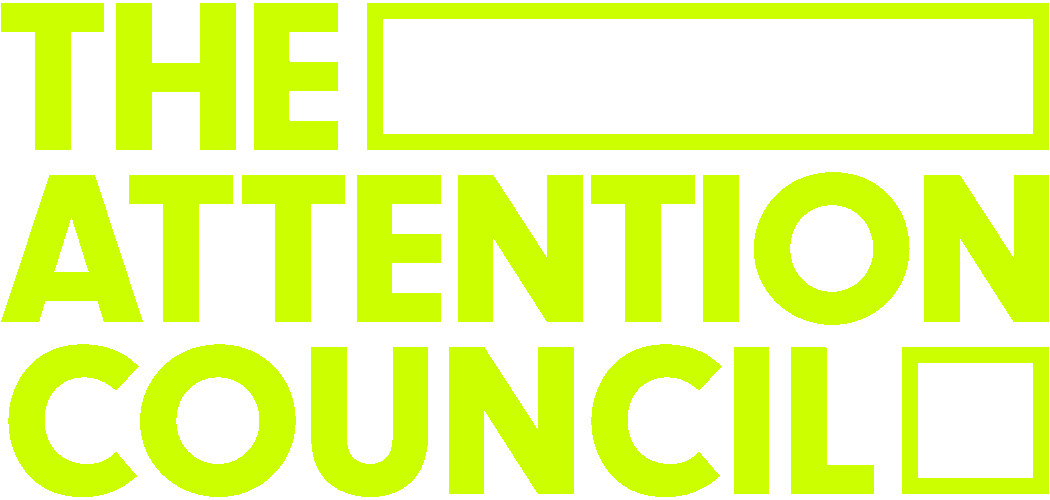Inside the TAC Attention Survey
Eye-opening findings surfaced during The Attention Council’s June Summit 2022, reinforcing viewer attention as the truest lens for evaluating marketing efficiency
According to a recent survey issued by The Attention Council (TAC), more than 90% of marketing professionals believe metrics that measure attention will soon augment legacy metrics. “Human attention as a measure of effectiveness is fast becoming an accepted unit of trade,” said Dr. Karen Nelson-Field, co-founder of The Attention Council, during TAC’s event in June.
Driven by what she called a “genuine desire to improve our ecosystem,” Dr. Nelson-Field and TAC organizers convened a virtual gathering of more than 170 representatives from agencies, brands, publishers, and researchers to expand the body of knowledge in this rapidly growing field.
A revealing survey
Of particular interest during the summit was the Attention Survey, which aggregated input from 85 attendees, more than half of whom represented either media agencies or brands. Key findings included:
More than 80% of respondents rely on multiple metrics to evaluate performance. And while traditional measures scored high among agencies and brands — with “brand lift” scoring highest of all, at 84% — attention metrics have gained substantial traction. Thirty percent of agencies and brands report that they now incorporate attention metrics into their media performance evaluations. Among the remaining groups, the figure is even higher — 54%.
As a further indication that the industry is progressing along the learning curve regarding attention metrics, approximately 30% of respondents reported that they are already leveraging attention in their respective roles. Moreover, about half of respondents said they were “knowledgeable about [attention metrics’] use.”
Asked whether they would “consider using attention to guide media buying,” 73% of respondents said yes. An additional 20% chose “maybe.”
Further, 85% of respondents said they could envision at least two promising use cases for attention metrics. Specifically, respondents identified media optimization (75%), measurement (67%), creative testing and optimization (64%), and planning (54%) as the most probable use cases that could incorporate attention metrics.
Perhaps most striking of all, 93% of respondents said they believe that attention is eventually going to augment existing metrics, if not replace them altogether.
Finally, more than half of respondents said they believed attention will be a key performance indicator (KPI) within 1–2 years, with some expecting the emergence even sooner.
Looking beyond the numbers
As moderator of the TAC Panel during the summit, I saw evidence of the growing acceptance of attention metrics across the marketing mainstream. Joining me as panelists were Stacy Chagnon, senior marketing manager at Microsoft, and Paolo Provinciali, head of U.S. media at AB InBev, which owns Budweiser. Those are some pretty heavy hitters.
Stacy spoke for us all when she said the ultimate goal was to improve upon legacy metrics. The only real question, Stacy noted, is: “How do we create the best opportunity for our advertising to have impact?”
The TAC believes part of the answer is measuring viewer attention, as a layer of quality measurement to support legacy metrics.
Research from TAC members has proven that low-clutter, high-attention, and consumer-friendly experiences deliver the most effective impact for brands.”
As the Attention Survey demonstrated, more and more industry insiders are coming to that realization. You can see the complete survey here.




